
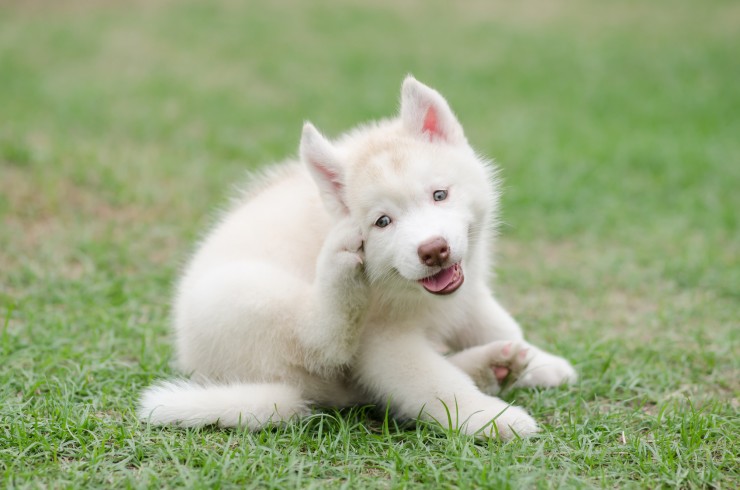
If you are both vigilant about your flea treatment protocols and lucky when it comes to avoiding products that fleas are resistant to or ending up with a household flea infestation, keeping your dog and your home flea-free might be as simple as using the same reliable product on your dog once a month and then forgetting all about it until the next time.
However, if you have a persistent or recurrent flea problem in your home or on your dog, you will likely need to look into it in more detail to work out why the problem is occurring, and what you can do about it.
Learning the basics of the lifecycle of the flea can be useful for this, particularly given that not all flea products are designed to kill fleas at every stage, with some only targeting adult fleas; this may be the case if your dog appears to be flea-free after a treatment, but then infested again a couple of weeks later when previously laid eggs have completed their lifecycle and hatched into adult fleas!
In this article, we will look at the lifecycle of dog fleas, and how understanding it can help you to prevent and eradicate fleas in your home and on your dog. Read on to learn more!
Fleas go through four stages as part of their lifecycle: egg, larva, pupae and adult flea. The ambient temperature of your home can affect how long it takes for a flea to go through the entire lifecycle, reproduce and die off naturally, with the optimum conditions for fast flea growth and reproduction being 21-29 degrees Celsius. If the temperature is lower than this, the lifecycle will be slower, potentially taking several months, while under ideal situations for fleas, it can all take place within just a month or so.
The first stage of the lifecycle is the eggs, laid by a female adult flea after dining on your dog! Fleas need blood (food) to reproduce, and shortly after feeding, an adult female flea will lay her eggs, which are small and white, and look a little like grains of salt. Female fleas lay up to twenty eggs at a time once or twice a day, every day whilst there is food available and they are of reproductive age.
As your dog moves around, these eggs will drop off your dog’s skin and become established within the home-around half of the entire flea population in any given home at any given time will consist of eggs!
Eggs can hatch at any time from two days after laying (in optimal situations) to two weeks, and they will not hatch until the temperature is right.
Flea eggs hatch into larvae, which are blind and sensitive to light. They dine on flea dirt that is excreted by adult fleas, and other organic matter such as shed skin cells. Flea larvae are an opaque white colour, a few mm long, and have no legs. Between five and twenty days after hatching into larvae (depending on the conditions), the larvae will spin cocoons in order to enter the next life stage, called pupae.
The pupae or cocooned stage is the final stage of development before the fleas become full adults and are able to reproduce. The pupae are protected by their cocoon until the conditions are just right for them to hatch into adults, and pupae can live for several months or even, in some cases, years, in a hibernating state until the conditions are favourable for them to hatch.
Pupae cocoons have a gummy outer layer that causes them to stick to carpet and soft furnishings, which means that sweeping and vacuuming will not dislodge them; the cocoon also protects the pupae to some extent from biological and chemical threats.
Pupae do not hatch until two things occur: the environmental conditions are perfect, and also, the presence of a potential host and source of food is present. When both of these things occur, the pupae hatch into adult fleas.
Adult fleas need to feed within a few hours of hatching in order to survive, and as soon as the adult hatchlings have fed, they will begin breeding! Assuming that a source of food is available, fleas become fertile and able to produce eggs within just a few days.
Fleas that have not fed will appear much smaller and darker in colour, and less three dimensional than fleas that have fed, as they literally expand after a meal!
Adult fleas themselves account for less than 5% of the total flea population present within your home, and so it is fair to say that any adult fleas that you do see are just the tip of the iceberg!
Understanding the lifecycle of fleas can help you to eliminate any fleas within your home, and break the lifecycle to stop further generations from being born. As mentioned, pupae can live for years without a source of food in order to prompt hatching, and so it is important to take steps to remove pupae from the environment as well as treating adult fleas on your dog, to prevent later hatchings and infestations.
Wash all of the soft furnishings and bedding in your home on a hot wash every few weeks, and hoover your home regularly to remove shed skin cells that can provide a source of food for larvae.
Dispose of the contents of the hoover outside of the house, and consider cutting up a cheap flea collar and putting a piece of it in each vacuum bag you use, in order to prevent the spread of fleas that you have hoovered up.
Don’t forget to treat your car in the same way too!
As your home will likely have a significant number of pupae in it if you are already suffering from an infestation, you might want to use your central heating to raise the temperature deliberately to encourage hatching, and then treat the whole home with a flea bomb or fogger before the newly hatched adult fleas have the chance to breed.
Once you finally have the problem under control, stay vigilant, and treat your dog regularly with a product that kills fleas at every stage of the lifecycle, in order to prevent them picking up and bringing home fleas from other dogs that they meet out and about.
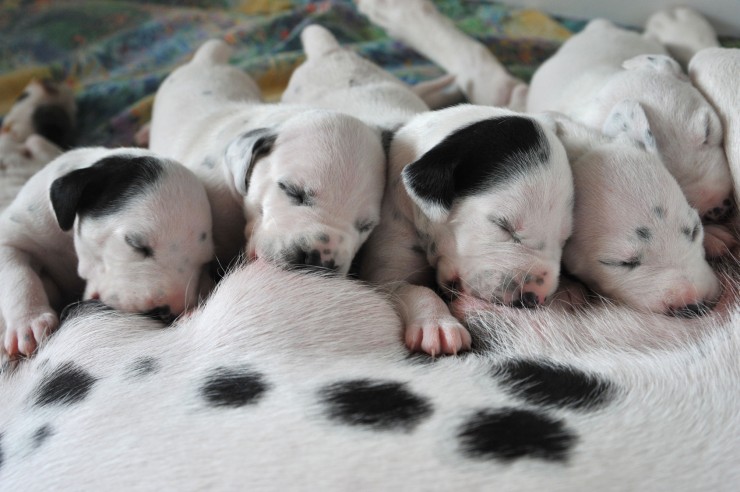 Assessing The Potential Buyers Of Your Pedigree Puppies
Assessing The Pot
Assessing The Potential Buyers Of Your Pedigree Puppies
Assessing The Pot
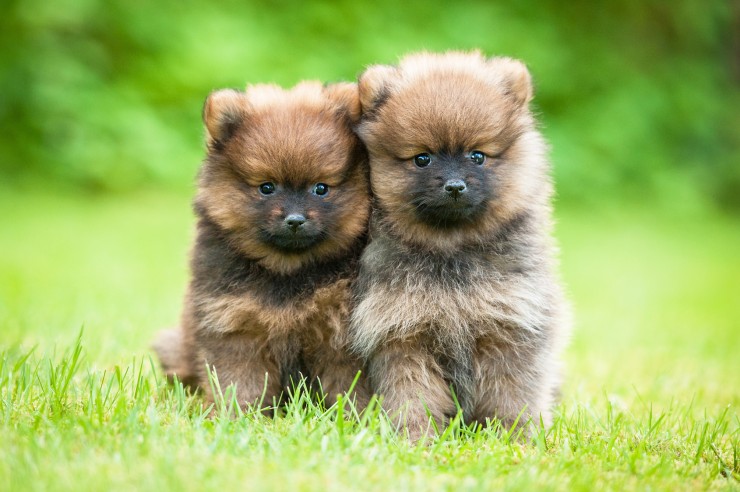 Buying A Puppy - The Most Important Questions To Ask The Breeder
Buying A Puppy -
Buying A Puppy - The Most Important Questions To Ask The Breeder
Buying A Puppy -
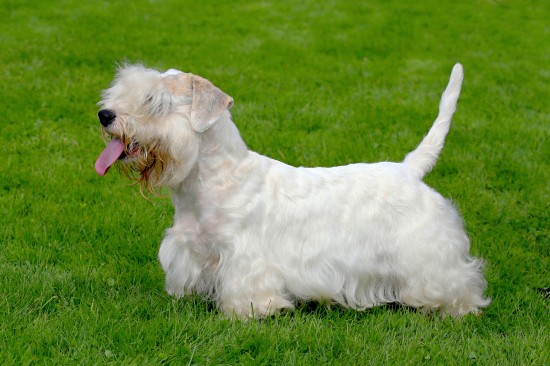 Considerations For Ownership Of The Sealyham Terrier
Considerations Fo
Considerations For Ownership Of The Sealyham Terrier
Considerations Fo
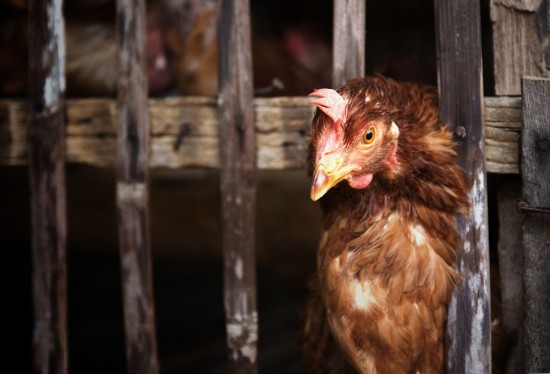 10 Fun Facts About Re-homed Battery Hens
10 Fun Facts Abou
10 Fun Facts About Re-homed Battery Hens
10 Fun Facts Abou
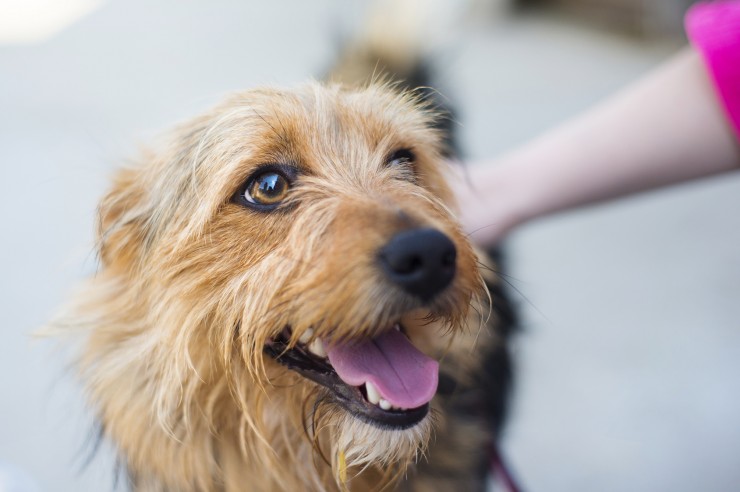 Phobia Of Dogs - Looking Into Cynophobia
Phobia Of Dogs -
Phobia Of Dogs - Looking Into Cynophobia
Phobia Of Dogs -
Copyright © 2005-2016 Pet Information All Rights Reserved
Contact us: www162date@outlook.com